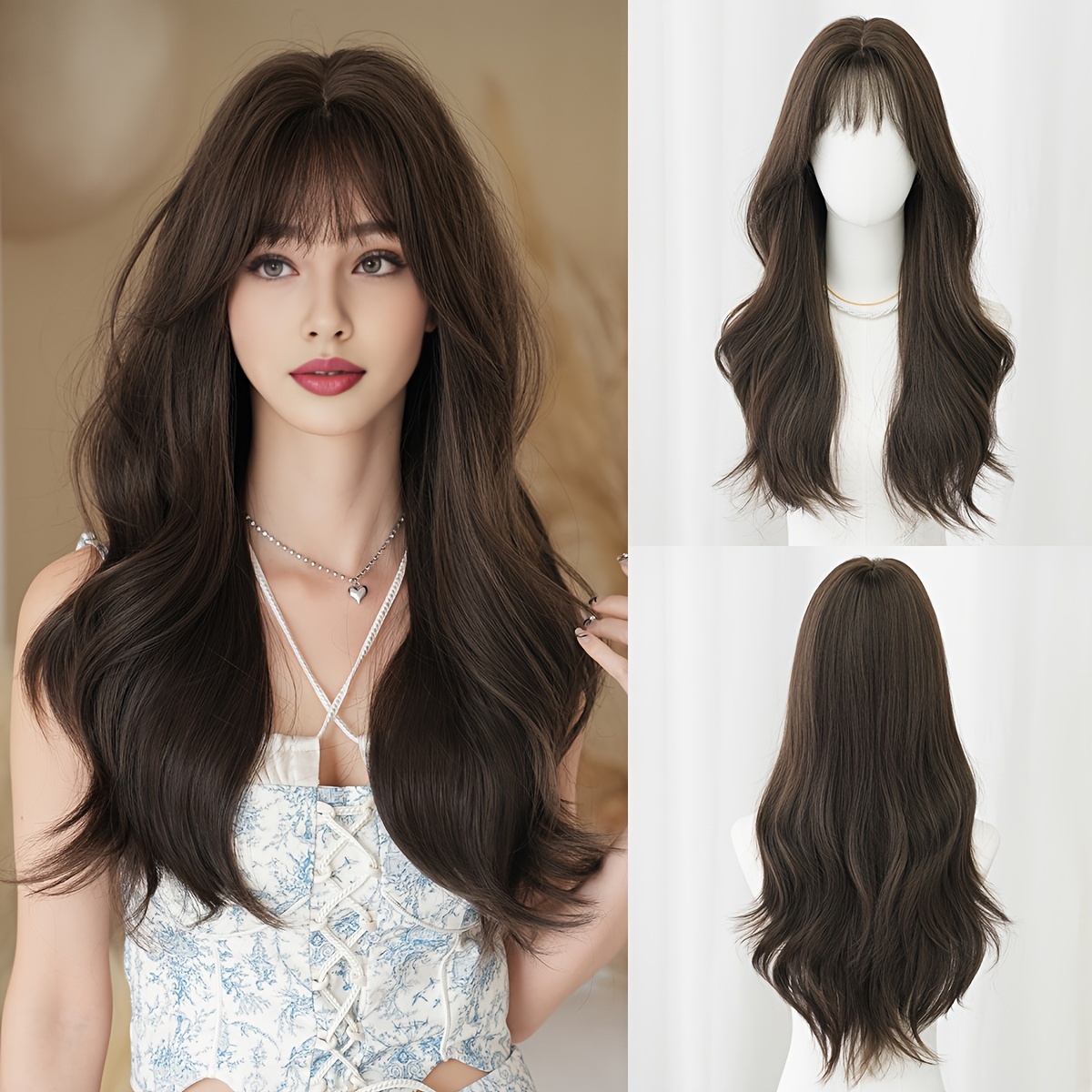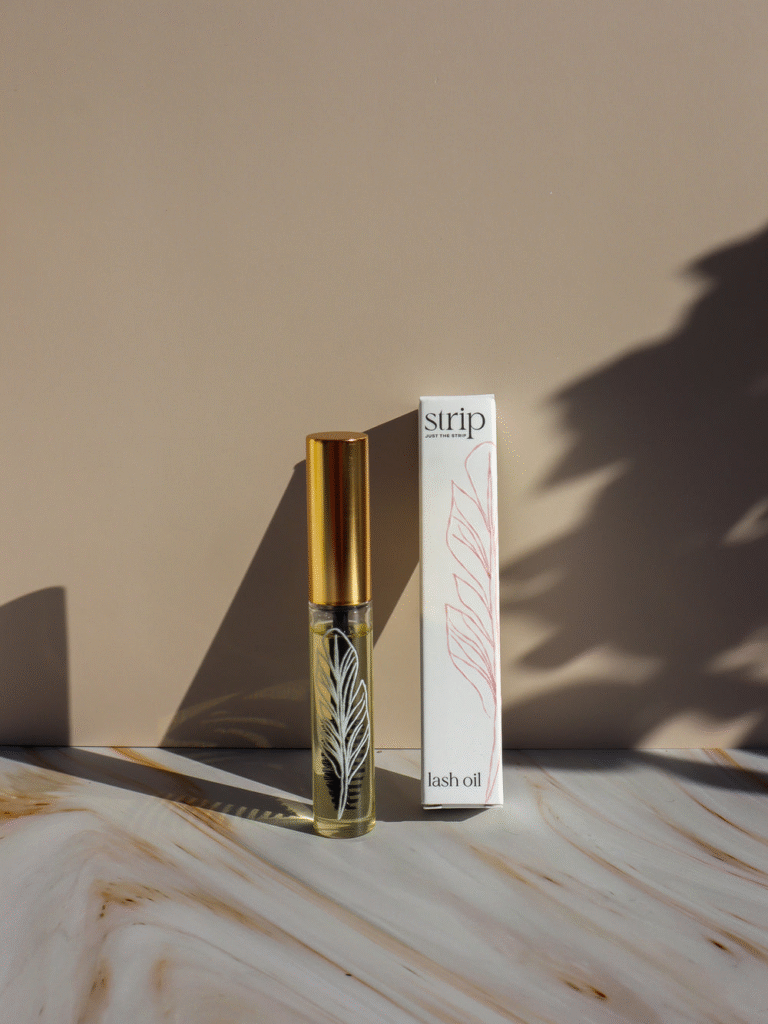It was February 2020, and Elsa Fernandez had just made what she describes as the toughest decision in the history of her business, the Eye Candy Boutique plus-size clothing store.
After operating for nearly five years out of a storefront off Houston Street downtown, she moved her shop to Zarzamora Street on the West Side. The rent would be lower, and while she would get less foot traffic, she planned to sell clothing at pop-up shops around the city as well as from her store and website.
Then the COVID-19 pandemic came, forcing her to close her new storefront for several months. Yet it led her to make an innovation that’s become the core of her business.
She began showing clothing to her customers, and talking with them about what they were looking for, through live video chats on Facebook and Instagram, which she refers to as “lives.” She now makes about half of her sales that way, she said.
“I had always been reticent to try new things because I didn’t think it was going to work, but this made me try anything and everything I could,” she said of the pandemic. “There was a good six-month period where it was just like, ‘All right, we’re gonna make it work somehow.’”
Fernandez, who grew up in San Antonio, came up with the idea for Eye Candy Boutique while an undergraduate at Texas State University. She and her friends had been having trouble finding clothing in that area and wrote up a business plan for a plus-size store as an assignment for an entrepreneurship class.
After graduating with a degree in fashion, she went on to earn a master’s in fashion merchandising from the University of North Texas. She opened Eye Candy after working as a store manager and a stint in the insurance industry.
“I realized that 10 years had gone by, and I always had this want to have my own business and I never really pursued it,” she said. “At that point, I was like, ‘Well, why am I going to work for a company when I can work for myself three times as hard?’”
She is now preparing to open her first pop-up shop in nearly two years, on Dec. 3 at the Winter Wonderland celebration at Incarnate Word High School, her alma mater.
Fernandez recently sat for an interview to discuss her decision to move to the West Side and how she has coped with supply-chain disruptions, among other challenges. The following has been edited for brevity and clarity.
Q:
How do you like being on the West Side?
A:
I find it to be invigorating because I have a lot of customers that will come to the showroom and be like, “Oh, my grandma lives around the corner,” or, “We used to come visit my aunt all the time here.”
Also, the community that I’m in here — there are businesses in the next 11 units, so we have a good neighborhood here. Ms. Chocolatier, who sets up at the Pearl Farmers Market and has her chocolates at Hotel Emma, she’s in the next part of the building. And my friend Lika from In The Weeds Natural Skin Care. When we see each other in the parking lot, we’re like, “Oh, how was your pop-up?” We’re able to encourage each other.
Q:
Do you find that your customers who live on the North Side mind coming over here?
A:
I think they prefer parking here as opposed to parking downtown. Although I don’t have the walk-through that I did when I was around the corner from the River Walk, the location itself hasn’t been a deterrent.
I’ll miss being downtown during the holidays, because that’s my favorite time of year in San Antonio, so beautiful. To be around that atmosphere for a good six weeks, it makes you feel warm and fuzzy inside, because it reminds you of being younger. So I miss downtown, but I don’t regret my decision.
Q:
Tell me how you started your business.
A:
I thought it was going to be easy! I had gotten a business adviser at the (University of Texas at San Antonio) Small Business Development Center, and she was like, “Go ahead, your business plan is amazing. I doubt we’re going to have problems getting funding.”
Then I had a meeting with the funding that she set up. I remember distinctly meeting with the gentleman on a Monday, and he told me to my face, “I have been dreading this meeting all weekend. I couldn’t enjoy my weekend because I knew I was going to have to come in on Monday and tell you that we couldn’t give you money to fund your business idea.”
After pouring my life into the business plan for three months, I didn’t know what to do, so I let myself ugly-cry for a little bit. Then I called my business adviser, and she helped me change the mindset of it. She was like, “OK, this is going to test how much you really want to make this happen.” So I started the online store instead of a brick-and-mortar.
Q:
Is it difficult competing with chain stores?
A:
I like to think of what we can provide our clientele that the national chains can’t. The way the national chains usually buy is by season. Right now, in the fall, they’re already purchasing for spring and summer. I approach the buying and curating of the collection more as a reaction to the needs of the customers.
Because I get weekly new arrivals, I’m able to respond to what they need, and they know that, so they can text me and be like, “Oh, I have a quinceañera that I’m going to in two weeks,” or, “My friends and I are going to a girls trip to Vegas.” Before this whole supply chain fiasco, I would be able to say, “Let me text you when I get something that you might like in.”
Q:
How do you keep track of their needs?
A: I’m a one-woman show, so I’m the one that talks to them on a daily basis, and I listen to what they need, what they like. Even though I have girls that came in saying, “I only wear black and gray,” now I’m able to get them into color a little bit or a pattern here and there. And that makes me happy, too.
Q:
How do you find the clothes?
A:
I go through a weekly process, aside from trips to the (Dallas Market Center), where all the designers set up and show their seasonal lines. Because I’m a one-woman show, I don’t get to go to Dallas very often. So once I know the vendor and the designer that I like, that I can trust their size chart and I know the quality of clothing is going to be good, I exclusively buy from them. I probably have a list of maybe 50 or 60 vendors that I go through on a rotation.
Q:
You mentioned supply chain problems.
A:
I didn’t realize how bad it was until maybe late summer. (In normal times) my suppliers would have 85 percent of their items in stock and a back order of 15 percent. Now 40 percent is back order and 60 percent is actually in the warehouse. So things that I would normally get within 10 days, it’s taking up to two months.
Q:
How are you coping?
A:
Uh, coffee? At first I didn’t know what to do. I was freaking out because I would order from eight different vendors in a week, and I would only get goods from five of them. That means that the “lives” that would have lasted an hour and 15 minutes could only last half an hour — and that means that’s half the sales.
What I’ve had to do is make a wish list. Then, once I hear back from the vendor, “We’re back-ordered in, like, 35 percent of this,” I have backups. It takes twice as long, but at least I’m ready when these fall through.
Q:
Do you find that the plus-size clothing industry is underserved?
A:
Yes, severely underserved. But I am here to help.
Q:
Why is that, do you think?
A:
It is really, really difficult to properly buy for a size 16, 18, which is the national average of a woman, when you have four women of the same size with different body shapes. So that entails me making sure that I consistently have dresses that cater to different body types. So like a trapeze dress, an A-line dress, a fit-and-flare dress, something off the shoulder.
Q:
On top of that, is there a stigma attached to the industry?
A:
I think the whole body acceptance and body positivity movement is really helping. I feel like this generation, although they have to put up with social media, they’re also able to tell what’s real and what’s photoshopped. I’m hoping, fingers crossed, that they can tell the difference — that social media is not real life.
I feel that a lot of the national chains that have tried extending their sizes to offering plus size, if they do it well and they put enough intention and research behind it, they’re able to be successful. But if you don’t put effort into the plus-size collection, and the customers don’t flock to buy it, the national chain is like, “Well, that’s why we don’t offer plus sizes, because nobody’s going to buy it.” But nobody buys it because it’s not done well. So it has to be done carefully.
Q:
Are the options available in plus sizes often substandard?
A:
Oh, my gosh — I go through hundreds of designers, manufacturers a week. I’m able to see what they offer for straight sizes versus plus sizes, and they don’t offer the same variety. They’ll choose, like, 25 percent of what they offer in straight size in plus size.
Then, on the other spectrum, some of the vendors that offer only plus size are antiquated: You see like the rhinestoney, airbrush, butterfly, poncho shirt that you would see your tia wear in the ’80s or something.
Q:
Is it getting better?
A:
I think so, yes. People are realizing that there is a market out there for the plus-size community.








